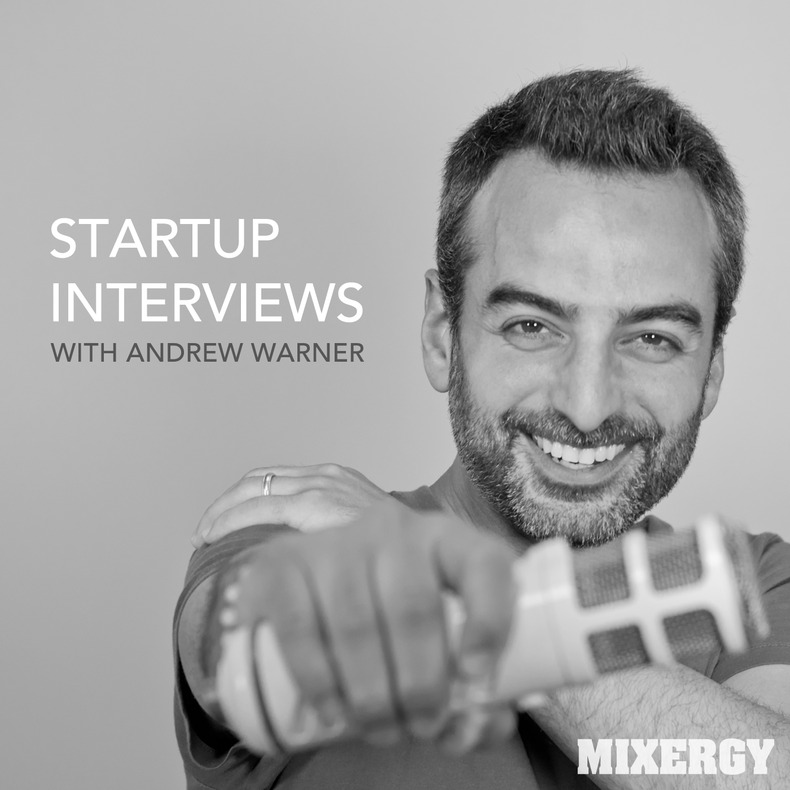Founder Lesson
I graduated college in 1994. Netscape went public a year later, kicking-off the beginning of the consumer internet. Most of the technology innovation over the following decade was about infrastructure - making sure most people had broadband to their homes, developing phones with real computing power & growing wireless connectivity.
Fast forward to now - with most of those technology challenges (and many more) settled - and many disruptive opportunities today aren’t technology challenges at their core. Think of recent successes like Uber, Instagam & Twitter. These concepts were rapidly adopted by a large number of people because they got the “human” element right.
When I met technical founders five years ago I got jealous because they could build product and I had (as a non-developer) to pay someone to do that. Now I feel the exact opposite. My advice to people who can code is to slow down the typical “feature march” and focus on human behavior because (in 2016) the building is the easy part for many types of startups. The challenges today are brand, design, engagement & distribution.
Before writing a line of code, the founder in this podcast spent four months talking with customers and industry experts to understand the human challenges of his industry. And I bet he spent many more months thinking through the idea before he ever had his first conversation.
Here’s how I think of the initial steps of any new startup idea...
Step #1 - Do tons of market learning and customer discovery. I call this “wallowing in the problem” because this step isn’t a straightforward process…it’s just talking with lots of (a) potential customers and (b) industry experts. Many “dumb” ideas. Lots of dead ends. A challenging signal-to-noise ratio. But this is the only way to truly understand a space in a deep way (which his required). This is the focus of this podcast.
Step #2 - Once you are an expert in your space and have a rough business model thought-out, talk with your most trusted advisors to get a consensus of the single biggest point of friction. If you haven’t listened to minute 16:13 of this lesson, please listen to it - the reason I started this blog was because I was emailing this section to so many founders.
Step #3 - Once you are an expert on your space and you think you have the major hurdle identified, do your best to get to a business model that’s 10x better than what exists.
Step #4 - Put up basic landing pages to gauge initial interest and build quick & cheap prototype products to measure ongoing usage and word-of-mouth growth. Do this instead of (the way more common) overbuilding technology. Once you know there’s strong interest and engagement, then you can build a true initial product.
These steps are not common and there are many ways to succeed, but it’s how I believe the best founders think about new startup ideas.
Get Right to the Lesson
I’d recommend listening to the entire thing, but to get right to the point go to minute 33:42 of this podcast.

Thanks to these folks for helping us all learn faster
Mike Townsend (@Mikettownsend), Founder of HomeHero (@HomeHero)
Andrew Warner (@AndrewWarner) of Mixergy (@Mixergy)
Toptal (@toptalllc)
HostGator (@HostGator)
Please let me and others know what you think about this topic
Email me privately at dave@switchyards.com or let's discuss publicly at @davempayne.
The best startup advice from experienced founders...one real-world lesson at a time.
